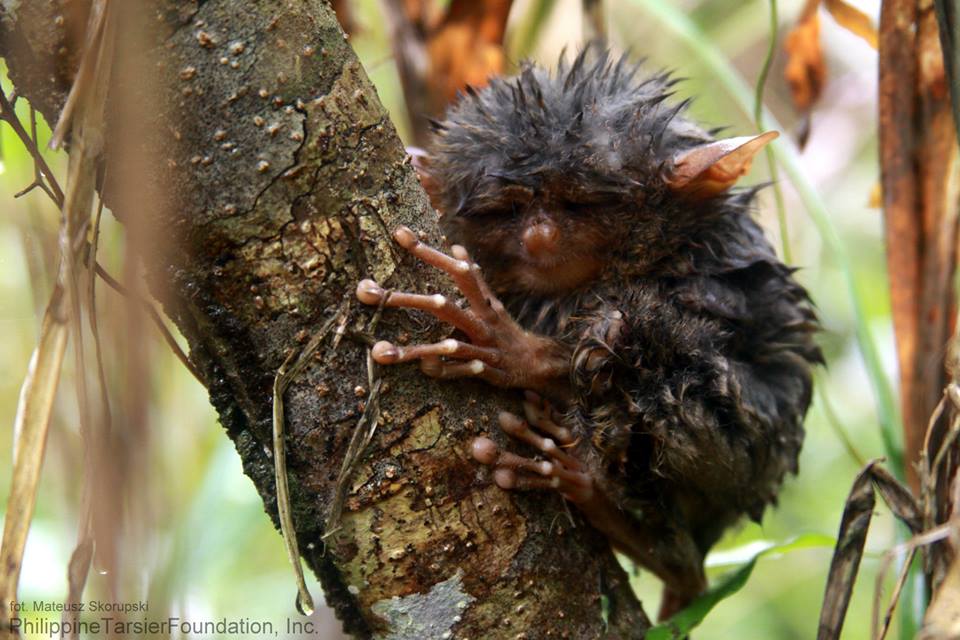By Tom Lumapas
If you have a chance to visit the Tarsier Sanctuary located in the town of Corella, Bohol and decide to see the Philippine Tarsier (C. Syrichta) for yourself, please don’t fret if you only see a few Tarsiers in the enclosure. There is a very good reason for this and one should not be disappointed if one finds the furry prosimian (it’s not a monkey!) few and far between. Information gleaned from the Carlito Pizarras, the “Tarsier Man”, adds light to this frustrating mystery.
The Philippine Tarsier is, unlike some of its Southern cousins, is a very territorial animal that prefers its isolation. Unlike other primates, such as humans that prefer to socialize with other individuals, the Philippine Tarsier loves its personal space. At a whopping 1 hectare per individual it’s no small wonder why these Tarsiers are so difficult to find and pretty alone to boot.
Of course, one might ask how such a small animal could claim a whole hectare as its personal living ground. Well for the most part the Philippine Tarsier, despite having the biggest eye to body ratio of any animal in existence, cannot personally monitor every tiny inch of the whole one area so it is highly likely that the 1 hectare of Tarsier A and the 1 hectare of Tarsier 2 are overlapping. Since the Tarsier takes nightly hunts for food and mates it is not surprising that some intrusions are never noticed and Tarsier A and Tarsier B are only vaguely aware of the existence of the other. If a chance meeting does occur then one tarsier will be forced out of the immediate vicinity at risk of death.
The male Philippine Tarsier is the more solitary of the two sexes as he will attack any male he finds in his territory during his nightly patrols. If he can’t chase the rivals away, he’ll resort to killing his rivals with a quick bite to the neck after wearing them down. The male might even ungentlemanly attack females in his territory if he finds them unattractive or unable to mate with him. The male will mark his territory with a variety of actions ranging from the classic poo droppings to urine sprays. However, the male has a special scent gland located near the stomach called the epigastric gland that it rubs on surfaces to mark its territory.

The female, being the fairer sex, is probably less aggressive and willing to share right? Well, yes and no. It is true that the female is less likely to attack other females she finds in her territory, however this is true only if the environment is abundant with insects. So having satisfied her nutritional requirement and sure that there is more food from where that came from, she will allow other females to enter her territory as long as they return to their respective territory before she sleeps in her area. If resources are not abundant enough, then these females will be just as aggressive as the males, attacking intruders she finds during her roaming in the territory. Similar to the male, the female will mark her territory with fecal droppings and urine. Interestingly though, the mother unleashes a strong scent to mark her territory when she is caring for her toddler and she parks him somewhere to hunt. This serves a dual purpose of directing the toddler back to his mother’s area when the toddler wanders off and warning other tarsiers off the area.
So, don’t be surprised to see two or fewer tarsiers on your visit. You are seeing these animals living peacefully and happily in isolation away from each other, knowing that no other rival will disturb them as they sleep the daylight hours away. After all forcing other tarsiers into a tarsier’s territory where they shouldn’t be in is like forcing another family to live in your family’s living room. You wouldn’t like that at all would you?


One thought on “Tarsier Territorialism”